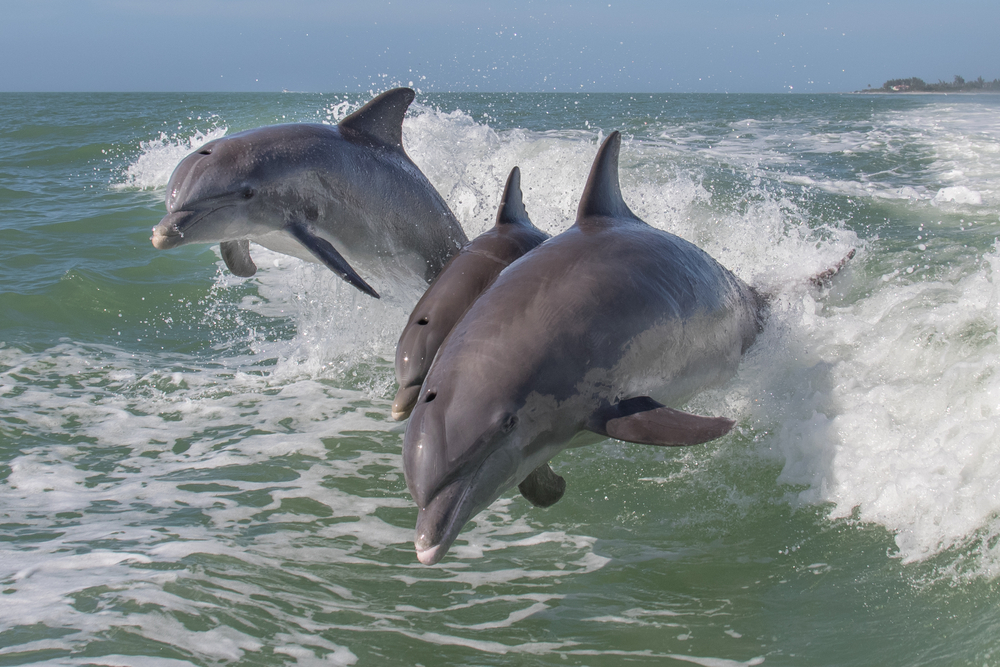
As relations between Eastern and Western superpowers continue to cool, Russia looks poised to restart a programme mothballed after the collapse of the Soviet Union and the end of the Cold War, which once saw dolphins and other intelligent marine mammals used for military missions.
Accessing the government’s procurement website, Russian reporters revealed that an order was placed at the beginning of this month by the country’s defence ministry for five fighting fit dolphins—specifically, two female and three male dolphins, between three and five years of age, with perfect teeth and no physical impairments. The site revealed that bidding had begun on a 1.75m roubles (US$25,000 / £17,000) deal to deliver the dolphins to the Russian military in the Crimean port city of Sevastopol by 1 August this year.
According to retired colonel, Viktor Baranets—who observed military dolphin training in the Soviet and post-Soviet eras—during the icy depths of the Cold War, the Soviets and the Americans were engaged in bizarre armed-animal race, with both regimes running programs aimed at employing various creatures in combat roles. Dolphins were trained to potentially place mines on enemy ships and to spot suspicious submarine activity in and around ports, and other marine mammals, including sea lions, were also press-ganged into covert operations.
‘Americans looked into this first,’ he told AFP. ‘But when Soviet intelligence found out the tasks the US dolphins were completing in the 1960s, the defence ministry at the time decided to address this issue.’

U.S. Navy photo by Photographer Mate 1st Class Brien Aho
The US Navy apparently began scoping out the potential of using animals as defensive or armed operatives as early as 1960, conducting tests on over 19 species of sea creatures, including some sharks and birds, to examine which would be most suited to the tasks required. Early on they began focussing their efforts on bottlenose dolphins, which are naturally armed with highly-evolved biosonar capabilities, and California sea lions, with their superb underwater vision.
Originally opened in 1965, a training facility for such special recruits was operated for decades by the Soviets in Kazachya Bukhta, near the Crimean city of Sevastopol. It reportedly fell into disrepair after the collapse of the Soviet Empire, and the whole programme—complete with the elite and potentially deadly dolphins—passed to the Ukraine, who actively rebooted it in 2012. However, the Crimean Peninsula was controversially annexed by Russia in 2014. The Ukraine angrily demanded their dolphins back, but to no avail, and the recent revelations appear to back up claims made by an unnamed source, who two years ago told the RIA Novosti state news agency that new training programs were in the process of being developed, with the aim of making the dolphins serve Russia’s military interests once again.
The Americans have continued to employ animals within their military too. In 2003, sea lions were deployed in the Persian Gulf as part of a military escalation in the region, and in 2007 alone, an estimated $14 million was invested in marine mammal research and training. Today the San Diego-based US Navy Marine Mammal Program trains around 75 dolphins and several sea lions, with elite dolphins used to locate underwater explosives, recover objects from the sea floor and rescue lost navy swimmers.
